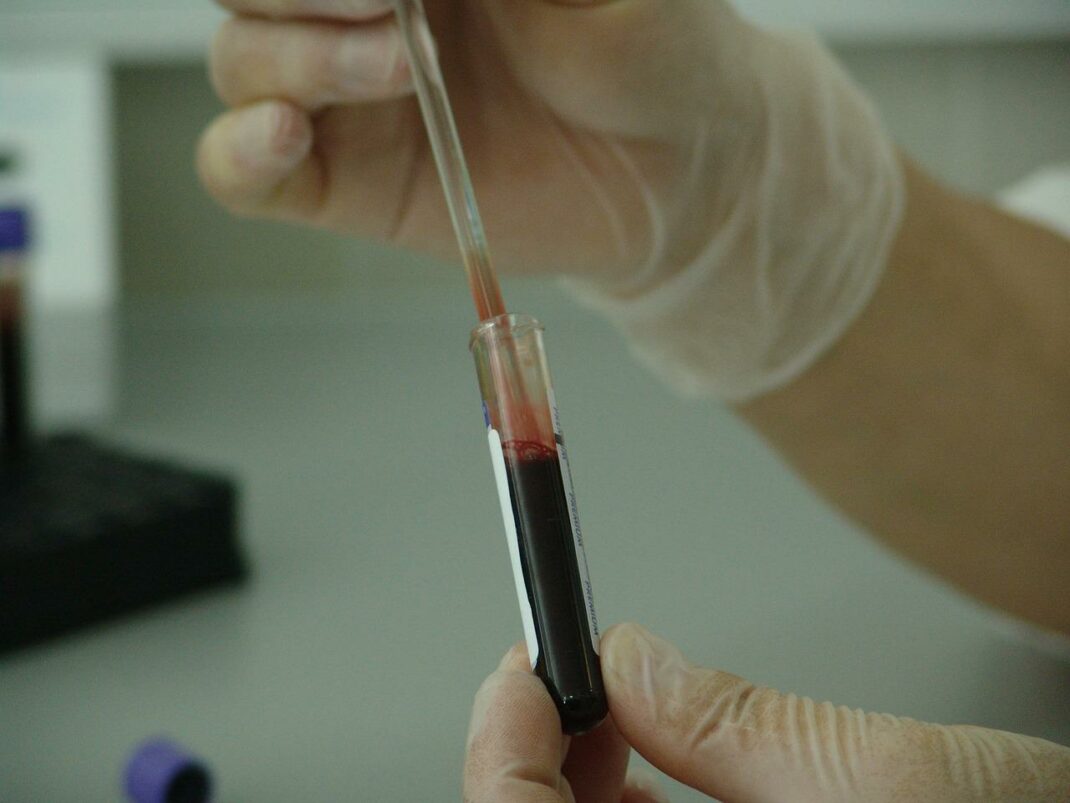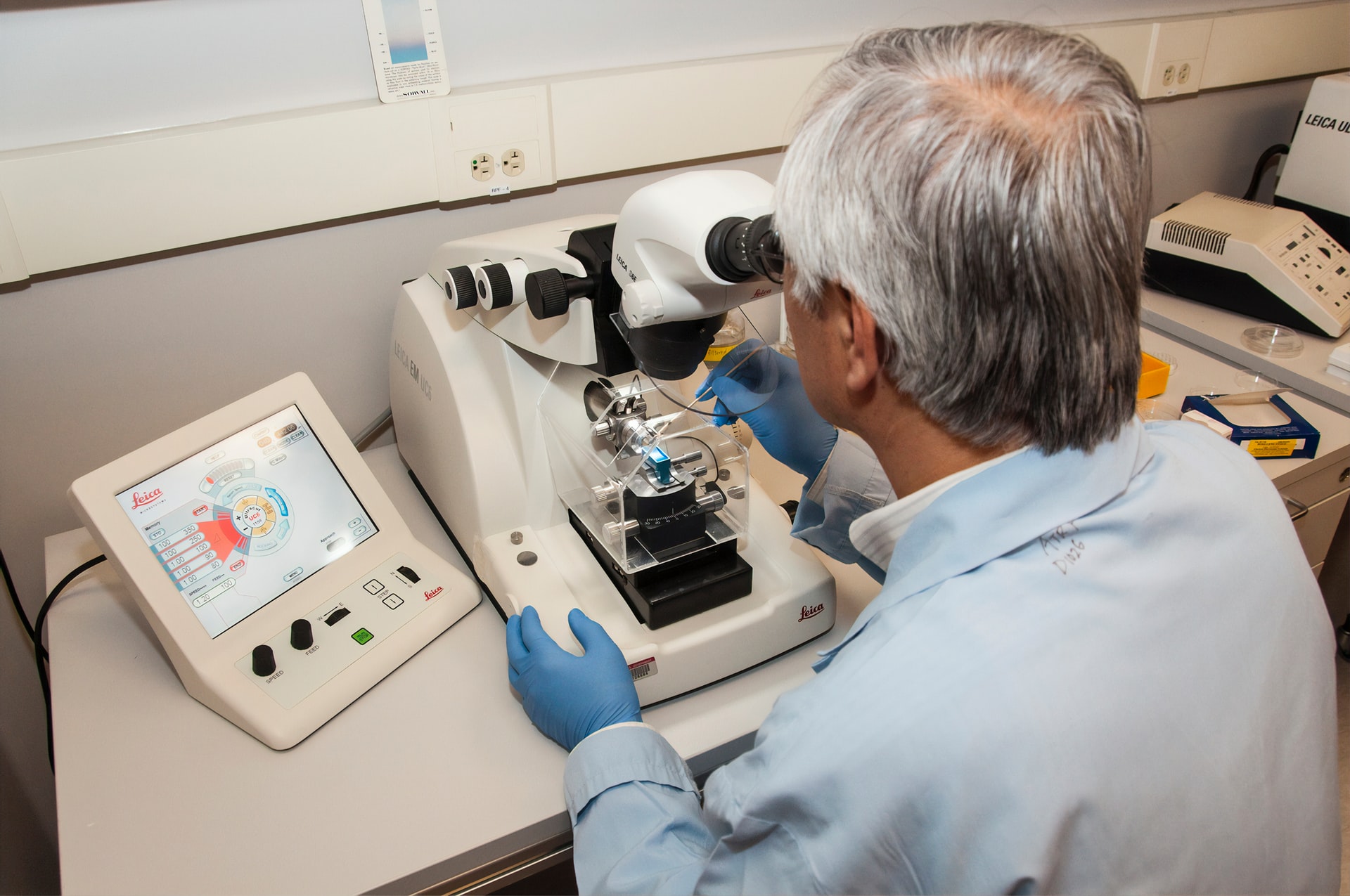Colorectal cancer is currently the third most common cancer worldwide, and causes the second highest number of cancer related deaths behind lung cancer. It has a lifetime risk of around 1 in 15 and risk factors include older age, as over 90% are diagnosed over the age of 50, and 60% over the age of 70. However, there is a rising incidence in younger patients and the reason is not currently known.
Colorectal cancer is more common in males than in females. Being overweight, being less active, excessive alcohol consumption, and smoking are all also risk factors. Diets rich in processed and red meat or low in fiber and a history of adding a Mattis polyps (https://pubmed.ncbi.nlm.nih.gov/34622875/) or inflammatory bowel disease increased the risk of colon cancer to most people diagnosed with colorectal cancer, do not have a family history of it. But having a relative who is affected does mean an increased risk. This is why screening takes place earlier at around 45 years of age or 10 years before the age which the family member was diagnosed.
There are also disorders like Lynch syndrome (https://www.cdc.gov/genomics/disease/colorectal_cancer/lynch.htm), also known as familial adenomatous polyposis and conditions like hereditary nonpolyposis colon cancer, that lead to significantly higher risk. 95% of colorectal cancers are adenocarcinomas: rarer types include lymphoma carcinoid and squamous cell carcinoma.
In nearly all cases, the colorectal cancer develops from polyps. The most common are hyperplastic inflammatory and adenomatous polyps. Hyperplastic and inflammatory types, however, do not have a risk of malignant transformation. While adding a Mattis polyps do superficial gastrointestinal lesions like polyps are divided by the Paris classification into polypoid and non polypoid, meaning raised flat, depressed or ulcerated. The closer the polyp gets to ulcerated, the higher the risk that there is deeper infiltration, and potential lymph node involvement.
Colorectal cancer (https://en.wikipedia.org/wiki/Colorectal_cancer) can present in different ways, depending on the location of the malignancy. Overall 70% of colorectal cancers are found below the midpoint of the descending colon. However, in females, the cecum and ascending colon and more commonly affected than in males still becomes more formed as it passes the transverse and descending colon and the diameter the bowel decreases. This means that cancers in the sigmoid colon or rectum are more likely to generate obstructive symptoms such as abdominal cramping, distension and possibly perforation. They can also be blood visible in the stool, known as himmat of cat’s ear, which, when it is mixed suggests a cancer higher than the rectum, while if it is on the outer surface of the stool may indicate more rectal lesion. Rectal lesions can also present because of incomplete emptying of the rectum.
Changing bowel habits is another feature associated with colorectal cancer generally. Meanwhile, cancers on the right can become larger without causing these obstructive symptoms. As stools are looser and the diameter larger. These patients are more likely to bleed chronically and develop iron deficiency anemia and present with paler fatigue, shortness of breath, lightheadedness and tachycardia. The symptoms from the sigmoid and rectal cancers tend to be noticed and investigated sooner. Also remember constitutional symptoms like unexplained fever, night sweats or unintentional weight loss.
Diagnostics
Screening is normally done via fecal immunochemical testing, known as a FIT test (https://medlineplus.gov/ency/patientinstructions/000704.htm), which includes fecal occult blood, looking for traces of blood in the stool, which may indicate cancer. This is done every two years from the age of 60 in the United Kingdom, and if positive, the patient will undergo a colonoscopy, a physical exam is done, including an abdominal and rectal examination.

However, the gold standard for diagnosis is colonoscopy and biopsy. This involves looking all the way up to the cecum To ensure full visualization, lab markers are used, such as a full blood count looking for anemia, cancer markers, in particular carcinoembryonic antigen, but CA 19-9 can also be monitored. A CT scan is used to look for metastasis and as part of staging. The most common system used is the TNM staging, which looks at where the primary tumor is infiltrating locally, lymph node metastasis, and the presence of distant metastasis.
The liver is the most common sites of metastasis due to the portal circulation, but it is possible to have metastasis to the lungs alone, coming from rectal malignancies, in particular, because the rectal venous plexus bypasses the portal system.
Treatment
The treatment is generally divided into either curative or palliative. We already said that the early stages can be treated with endoscopic mucosal resection, and more invasive but still local cancers can often be treated with local resection. This is most commonly a laparoscopic or open partial colectomy or approch the Lakshmi, especially in rectal cancers, a stoma may be needed (https://www.ncbi.nlm.nih.gov/pmc/articles/PMC4411412/).

Chemotherapy can either be used before surgery, which is known as Neo adjuvant chemotherapy in order to shrink tumors or can be used afterwards. It is used particularly in stage three and stage four cancers and a typical agent is five flora or uracil.
Radiotherapy is also used before surgery to shrink tumors, rectal especially, but it can also be used to target precise areas like lung or liver metastases.
Targeted therapy is used to target cancer specific genes or proteins and bevacizumab, is an example, that targets vascular endothelial growth factor, pembrolizumab and nivolumab are other examples that target the programmed cell death receptor.
Prognosis
Palliative care may involve resection of the tumor or stenting in order to improve comfort. Prognosis is highly dependent on the stage. Tumors that have not reached the muscularis mucosa have a 98% five year survival, while those with involvement as far as the muscular layers have a five year survival of around 90%. Patients with more invasive local involvement only 70%, regional lymph node involvement – 40%, or distant metastases 30%.



